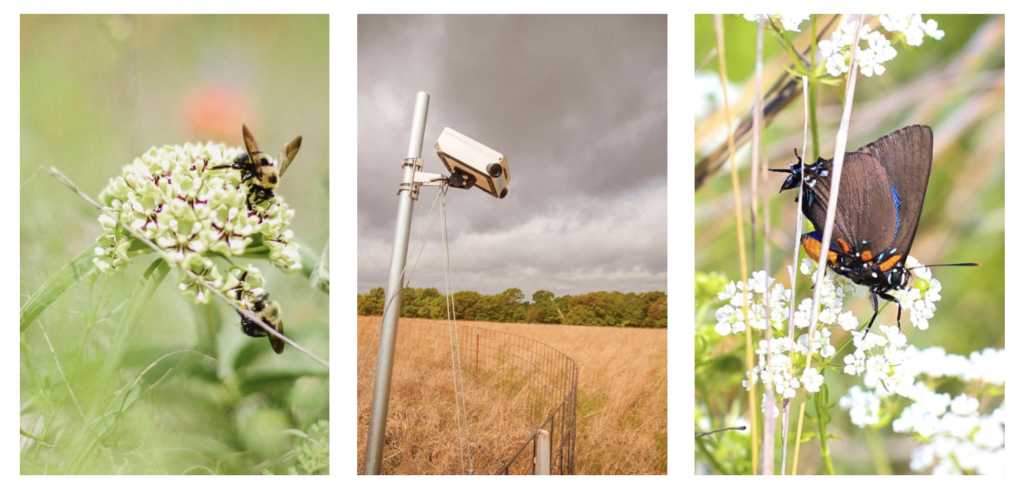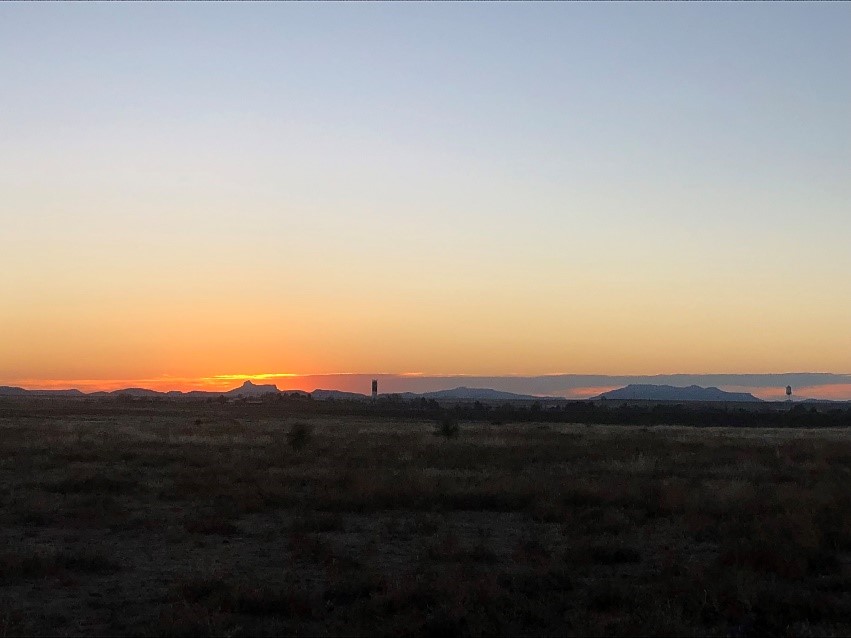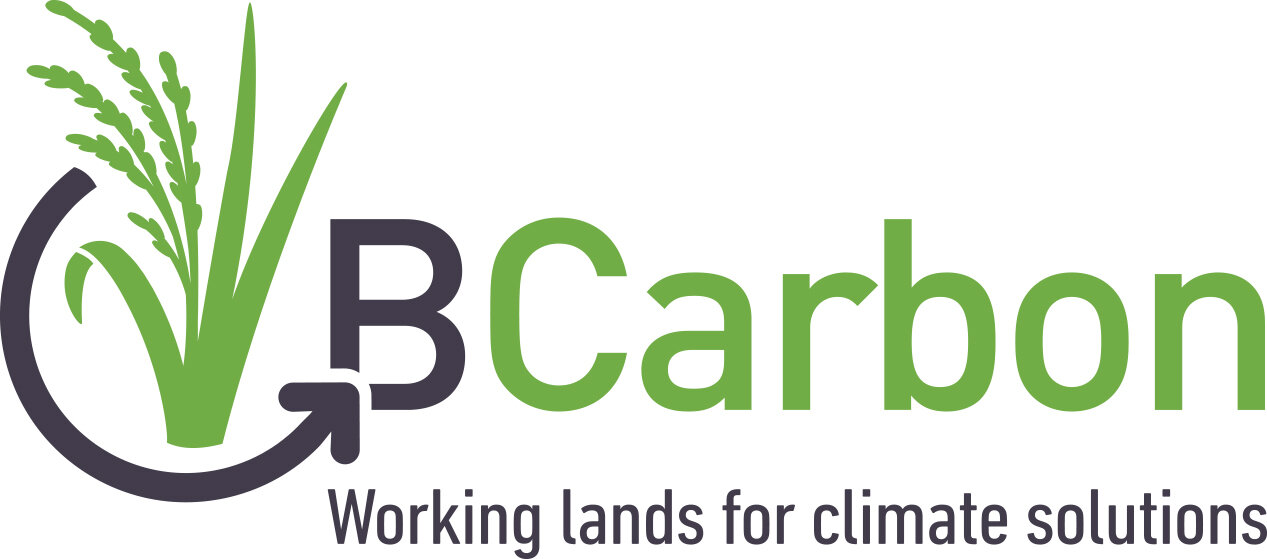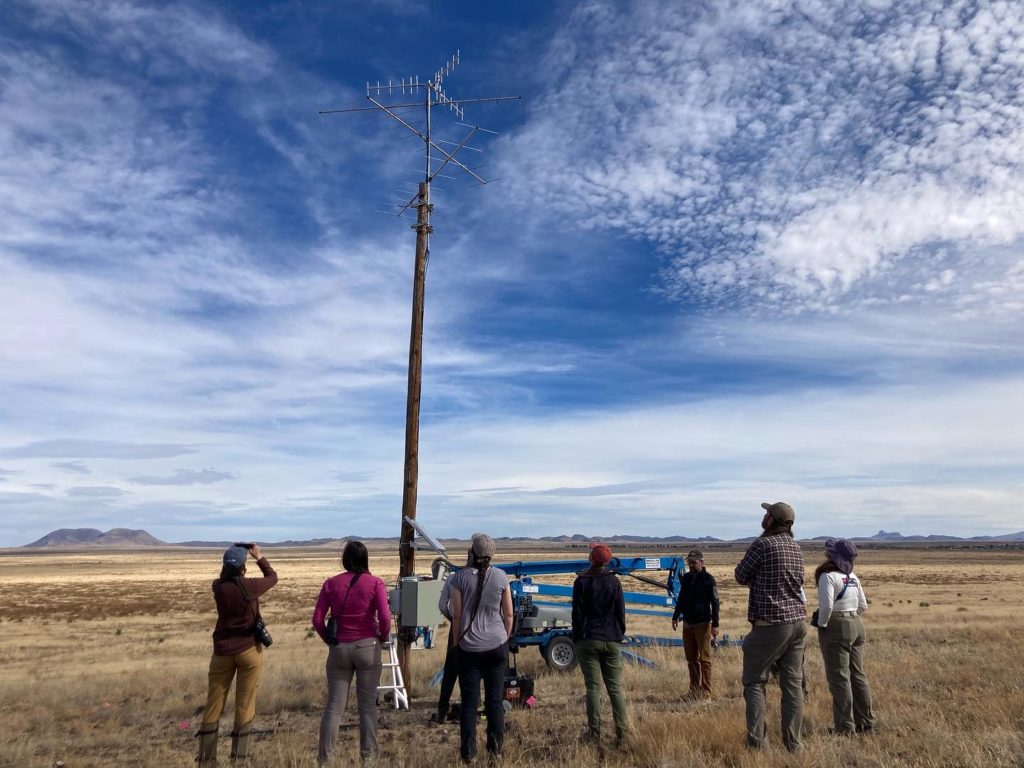![]()
The University of North Texas recently hosted a sustainability conference with student presenters and panelists from various industry sectors, including Dixon Water Foundation. Follow this link for a recap of the event:
Promoting healthy watersheds through sustainable land management
![]()
The University of North Texas recently hosted a sustainability conference with student presenters and panelists from various industry sectors, including Dixon Water Foundation. Follow this link for a recap of the event:

In the spring and summer of 2022, Dixon Water Foundation helped sponsor and host a project that utilized novel imaging technology to track prairie plant phenology. Phenology is the study of cyclic and seasonal natural phenomena, especially in relation to climate, plant and animal life. As phenology relates to plants, it refers to flowering and seeding.
This project, conducted by the Bontanical Research Institute of Texas, explored the use of time-lapse cameras and community science protocols to observe and analyze pollinator abundance and plant phenology within various pastures of Dixon’s Leo Unit in North Texas. By understanding when and where pollinators and resources important to pollinators were on the landscape throughout the year and considering this information when making a grazing plan, ranchers may be able to promote conservation of essential species and native prairie functionality.
See the results of the pilot study in the report linked here.

Check out this recent article from the Bird Conservancy of the Rockies about their work in West Texas at our Marfa ranch.
The central grasslands stretch from Canada to West Texas, and extend into the desert highlands, from Arizona to the Marfa Plateau and Chihuahua. For many Americans, they remain as foreign as they were for Cather’s 19th-century narrator. Grasslands are thought to lack the “charisma” of mountains and forests – to some, they epitomize “fly-over country.”
But the grasslands in fact contain an immense natural and cultural richness. And they’re deeply imperiled. Of the 600 million acres of historic grasslands, two-thirds have been lost or degraded. There’s a growing effort to preserve and restore them. And in Trans-Pecos Texas, the Dixon Water Foundation is committed to that effort…
Read More Here
Project involves 20,000 acres of public and private grasslands.

View full press release here.
In Mid-December, 2021, Dixon Water Foundation’s Mimms Unit ranch in the Marfa Grasslands became the first location in the Chihuahuan Desert to host a Motus wildlife tracking station. Motus is an international network of tracking stations that will document when radio-tagged migratory wildlife species come within the range of the a deployed station. This range is typically around 15-20km (9-12 miles). The station utilizes several radio antennas that coincide with widely used radio collar technologies, as well as a solar powered logger that catches observation data which is uploaded over a cellular network.
The Mimms Unit was selected as a host site due to the presence of over-wintering grassland birds that are the focus of several studies researching habitat requirements and causes of population declines for species of concern. Many birds spend their breeding seasons in the Northern Great Plains and migrate south to the Chihuahuan Desert for the winter. The goal of this station is to record the presence of radio-tagged birds to help answer questions about when and where birds spend various portions of their life cycle.
Dixon staff worked with the Bird Conservancy of the Rockies to locate a site for the new station and chose to repurpose an out-of-service utility pole on a hillside overlooking large pastures.
Researchers and the public alike can learn more about Motus at their website, motus.org

Adaptive multi-paddock grazing enhances water conservation and protects water quality, according to a recent Texas AgriLife study published in Agriculture, Ecosystems & Environment.
“We found grazing management practices do have a significant influence on ecosystem services provided by rangelands,” said co-author Dr. Srinivasulu Ale, a geospatial hydrology associate professor. “Not only did the multi-paddock grazing practice provide several hydrological benefits such as increased soil infiltration, increased water conservation and decreased surface runoff, but also environmental benefits such as water quality improvement.”
Richard Teague, an AgriLife rangelands researcher in Vernon and science advisory board member for the foundation, was another co-author on the study. Teague said the research was designed to help producers assess the hydrologic and water quality impacts of traditional and alternate grazing management practices and identify best management practices for long-term sustainability of rangelands.
The Dixon Water Foundation funded the research project and employs adaptive multi-paddock grazing on Dixon Ranches.
For a summary of the research findings, visit the Texas AgriLife news website. The complete journal article is also available on ScienceDirect: “Evaluating the ranch and watershed scale impacts of using traditional and adaptive multi-paddock grazing on runoff, sediment and nutrient losses in North Texas, USA.”
Small rodent and grassland bird populations have nearly recovered from the devastating 2011 Rock House Fire and drought, according to recently completed research by Bobby Allcorn with Sul Ross State University‘s Borderlands Research Institute.
For the past two years, Allcorn has been comparing rodent and bird communities on burned areas on Mimms Unit and unburned areas on an adjacent ranch, following the historic fire and drought that burned more than 90% of the foundation’s ranch in Marfa.
Allcorn found that populations of small rodents and grassland birds on Mimms have almost returned to normal, thanks to precipitation in 2013 and 2014, but there were still important differences between burned and unburned areas. The roster of rodent species in burned areas was different and less diverse than in unburned areas. Grassland birds lagged behind in population density in burned areas. These findings may be due to the number of shrubs that were destroyed during the fire, leaving more true grassland habitat in burned areas.
Learn more about this research project in this article in the Big Bend Sentinel, another article from Texas Wildlife, and Allcorn’s thesis-defense presentation, “Small Mammal and Grassland Bird Response to Wildfire on the Marfa Grasslands.” Allcorn’s manuscript will be available on our website soon.
His project was funded by the Dixon Water Foundation and advised by Dr. Bonnie Warnock, the Clint Josey Endowed Chair for Sustainable Ranch Management Professor at Sul Ross.
Soil Carbon Curious is a new short film from Peter Byck, the producer of Soil Carbon Cowboys and Carbon Nation. It’s about an exciting new collaborative research group, the ASU•Soil Carbon Nation Whole Systems Science Team. As Byck describes:
“Adaptive Multi-Paddock grazing (AMP grazing) is regenerating soils around the world, producing healthy grass-finished beef. But the science on AMP grazing is sparse, to say the least. Now, a group of leading soil, rangeland, bug and social scientists are setting out to fill the science gap. Led by Dr. Richard Teague of Texas A&M, and convened by filmmaker Peter Byck of Arizona State University, the ASU•Soil Carbon Nation Whole Systems Science Team is positioned to do large scale science that’s never been done before.”
The team is working on the 1 Million Metric Tons Pilot Program, which aims to demonstrate the carbon-sequestration potential of soil managed with adaptive multi-paddock grazing.
You can now also view Soil Carbon Cowboys en español.
Hardin-Simmons University researchers recently received a Dixon Water Foundation grant to explore how land management affects the subterranean world of soil microbes on a Runnels County ranch. Learn more in this article from Ballinger News and the video below from Abilene Fox affiliate KXVA. KRBC meteorologist Scott Cook also featured the research project on Abilene’s NBC affiliate.